Our homes used to be veritable toolkits, stocked with an array of gadgets and contraptions designed to tackle everything from minor repairs to major culinary undertakings. Before the age of disposables, digital conveniences, and hyper-specialized appliances, families relied on a core set of durable, multi-purpose tools that were passed down through generations, each bearing the silent stories of countless tasks completed. Now, many of these once-indispensable items have either been relegated to the forgotten corners of basements and attics, gathering dust bunnies like ancient relics, or have vanished entirely from the modern household landscape, replaced by sleek, often single-use alternatives. Let’s take a nostalgic stroll down memory lane and unearth some of these forgotten champions of domestic life.
1. Manual Egg Beater
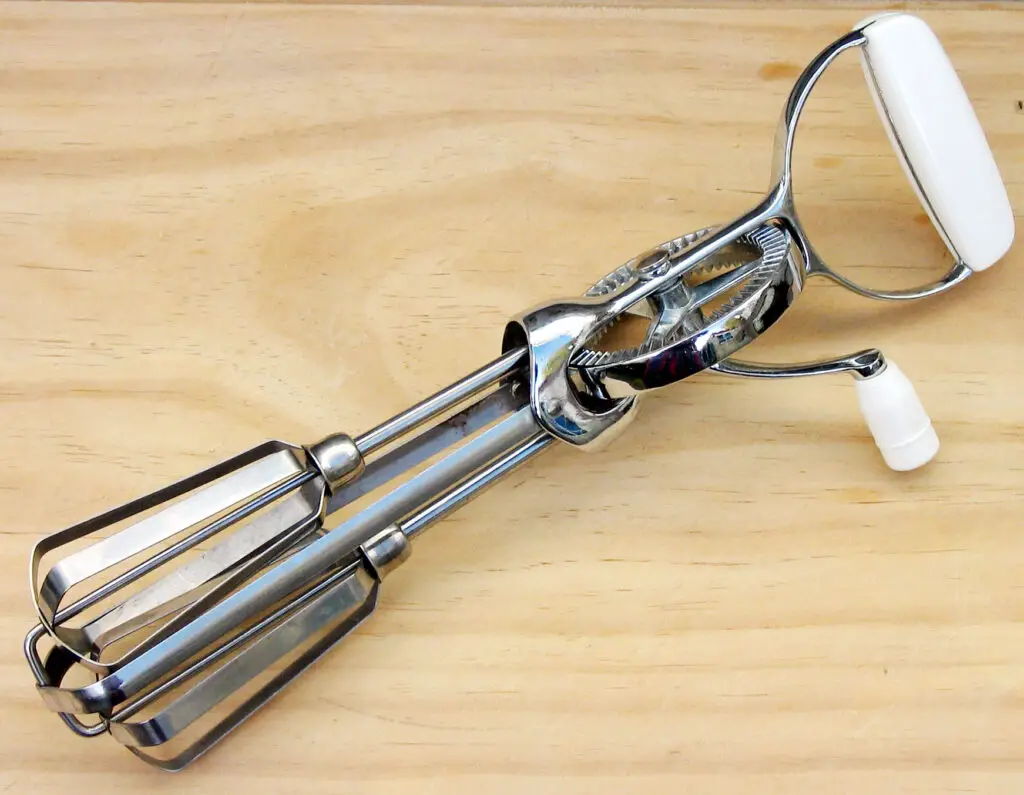
Before the whirring convenience of electric hand mixers or stand mixers, achieving perfectly whipped cream or fluffy scrambled eggs required a bit of elbow grease and a trusty manual egg beater. This simple yet effective device, often made of metal with rotating whisks, was a staple in kitchens worldwide. You could feel the ingredients transforming under your own power, a truly tactile cooking experience.
Mastering the rhythm of the hand crank was a point of pride for many home cooks. It was a quieter, more intentional way of preparing food, connecting you directly to the ingredients. As noted by Smithsonian Magazine, these hand-cranked tools were ubiquitous before widespread electrification made their powered counterparts accessible and affordable for the average household, rendering the manual version largely obsolete.
2. Clothes Wringer
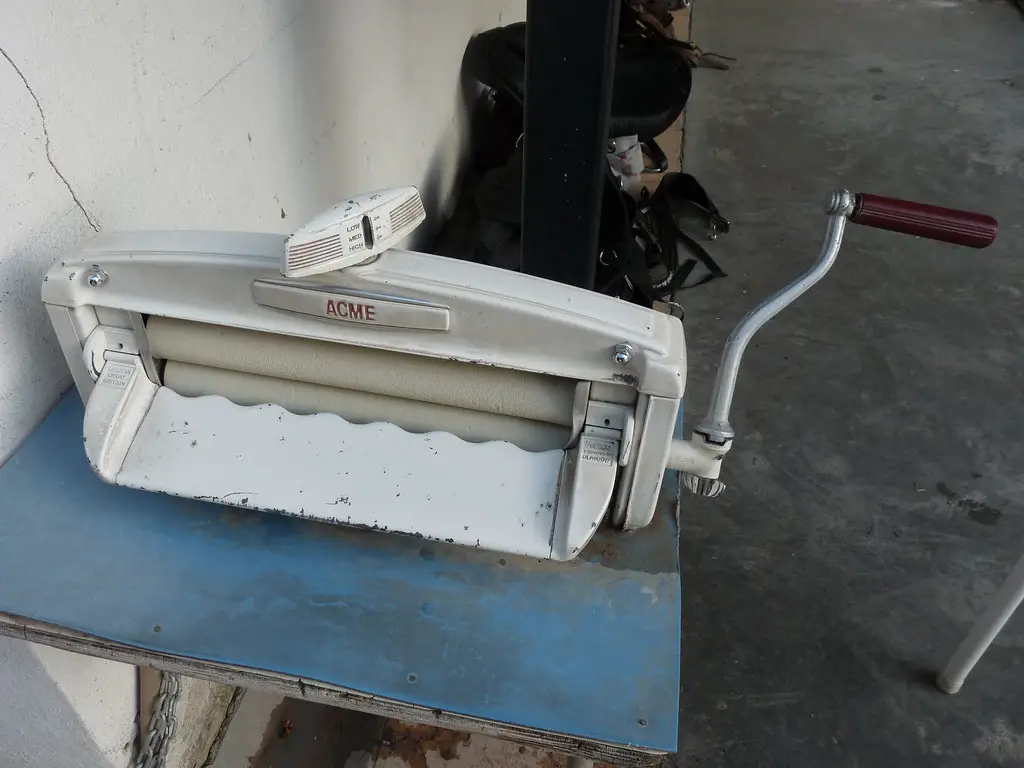
Long before the automatic spin cycle became commonplace, the clothes wringer was an essential, albeit somewhat dangerous, component of laundry day. This contraption, often attached to a wash tub or a standalone unit, consisted of two rollers that you cranked to squeeze excess water out of freshly washed clothes. It significantly cut down on drying time and prevented dripping messes.
Operating a clothes wringer required careful attention to avoid pinching fingers or damaging delicate fabrics. It was a testament to the sheer physical labor involved in maintaining a household in bygone eras. Go Erie highlights the historical significance of wringers as a step forward in laundry technology, bridging the gap between entirely hand-squeezing clothes and the fully automated washing machines we enjoy today.
3. Rotary Dial Telephone
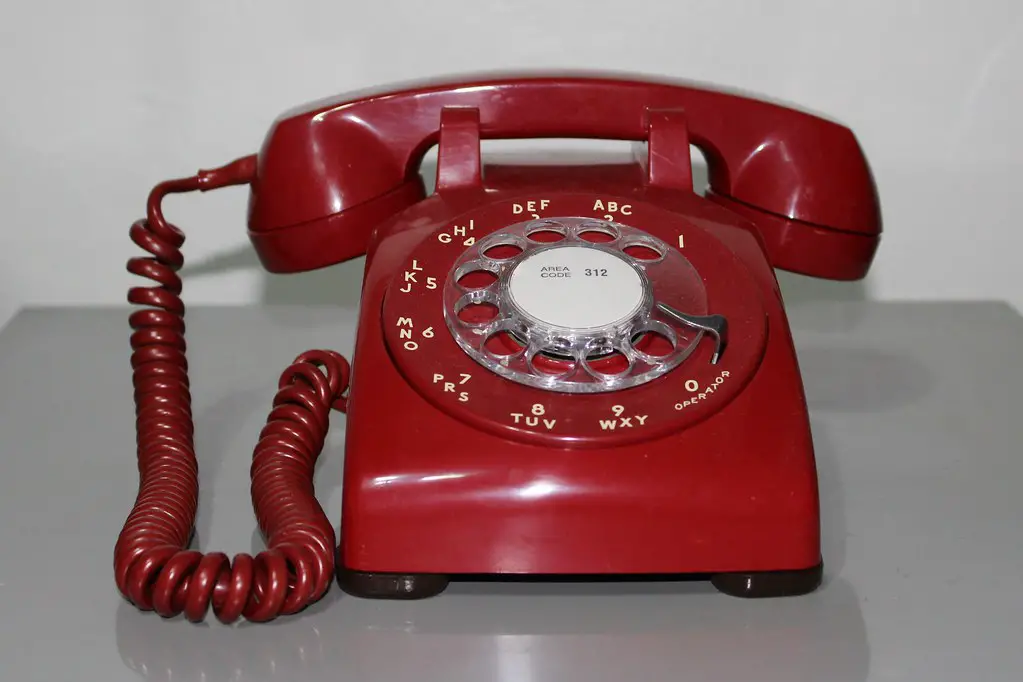
Remember the satisfying whirr-click-clunk of a rotary dial? These steadfast communication hubs were once a permanent fixture in nearly every home, often perched on a dedicated table with a phone book nearby. Conversations felt more deliberate, less rushed, and the sheer effort of dialing discouraged casual, lengthy chats.
Before caller ID, call waiting, or even answering machines, missing a call meant just that – missing it entirely. According to an article from CCP Solutions, rotary phones were the standard for decades, embodying a simpler era of telecommunications before the advent of touch-tone dialing and, eventually, mobile phones. Now, if you find one, it’s likely a decorative antique or a prop in a period film.
4. Ice Tongs
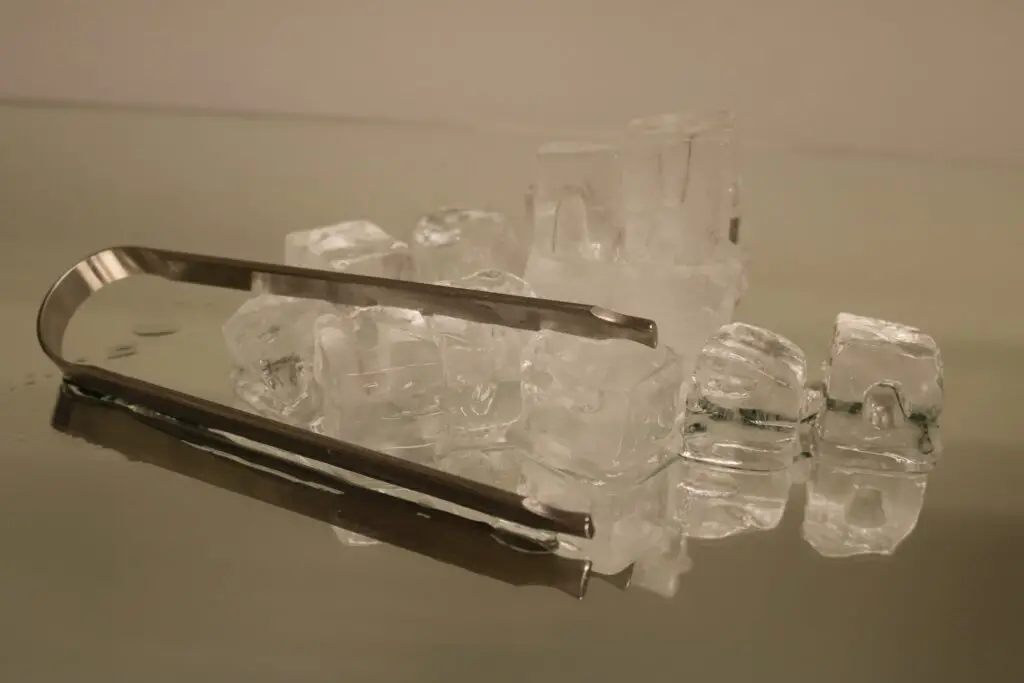
Before automatic ice makers became a standard feature in refrigerators, and even before convenient ice cube trays were widely adopted, ice was often delivered in large blocks to homes. Ice tongs, with their sharp, pointed ends, were the tool of choice for grappling with these slippery, hefty blocks and transferring them to an icebox or chipping off smaller pieces. They were a common sight in kitchens and bars alike.
The sound of ice tongs clinking against a block of ice was a familiar sound on a hot summer day. These specialized tools were a direct reflection of how ice was managed and consumed in a less automated age. According to The New York Times, ice delivery services and the tools associated with them were a crucial part of urban life for decades, a far cry from the instantaneous ice we now take for granted.
5. Shoe Stretcher
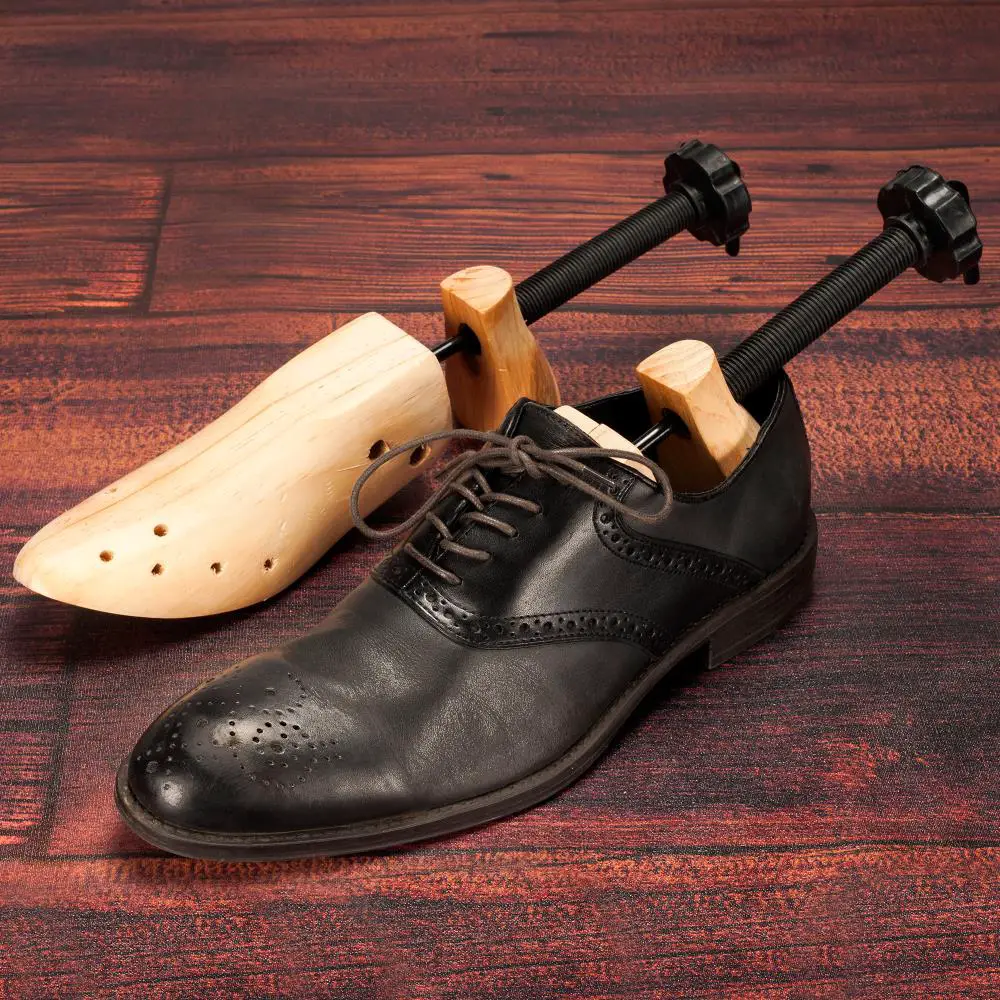
Ever bought a pair of shoes that were just a little too snug? Before the days of readily available online returns or a plethora of shoe repair shops, a shoe stretcher was a common household item, particularly for those with unique foot shapes or a penchant for leather footwear. These adjustable wooden or plastic forms could be inserted into shoes to gently expand them, saving a new pair from a painful breaking-in period.
Using a shoe stretcher was a slow and deliberate process, often involving leaving the stretcher in overnight or even longer. It was a practical solution for extending the life and comfort of one’s footwear, reflecting a time when items were mended and adapted rather than simply discarded. Now, most people opt for a different size or a new pair altogether, or rely on professional shoe repair if they even know such a service exists.
6. Meat Grinder (Manual)
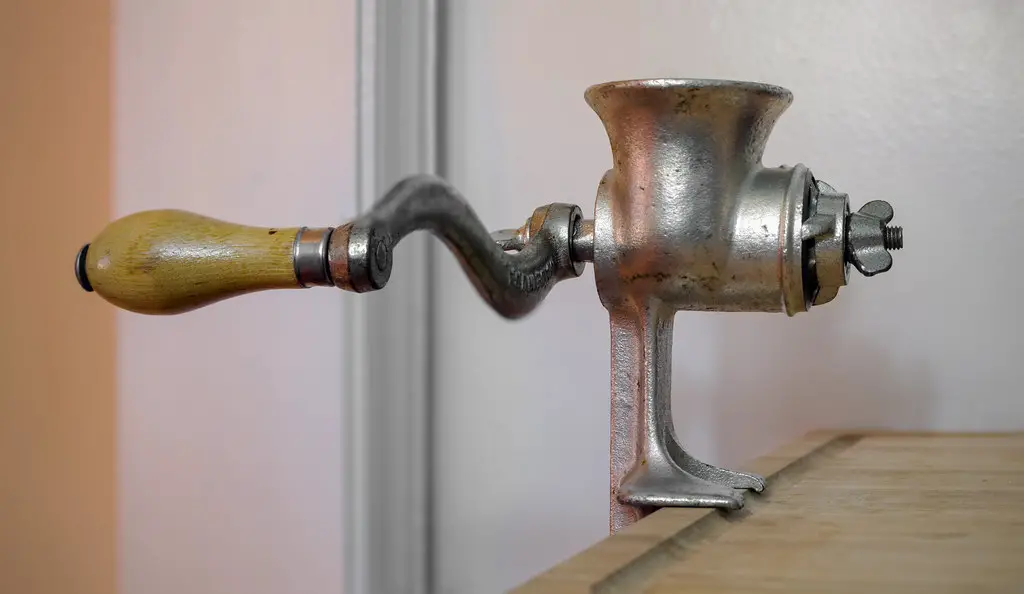
The aroma of freshly ground meat for meatballs, sausages, or pâté was once a common kitchen scent, thanks to the manual meat grinder. This sturdy, hand-cranked device, often clamped to a countertop, allowed home cooks to control the fat content and texture of their ground meat, a significant advantage over pre-packaged options. It was a tangible way to connect with the source of your food.
Preparing meals from scratch, including grinding your own meat, was a more involved process but offered superior freshness and customization. The satisfying crunch-grind as the meat was processed was a hallmark of home cooking. While electric versions exist, the manual grinder is largely a relic, replaced by supermarket convenience and, for some, the increasing popularity of vegetarian and vegan diets.
7. Butter Churn
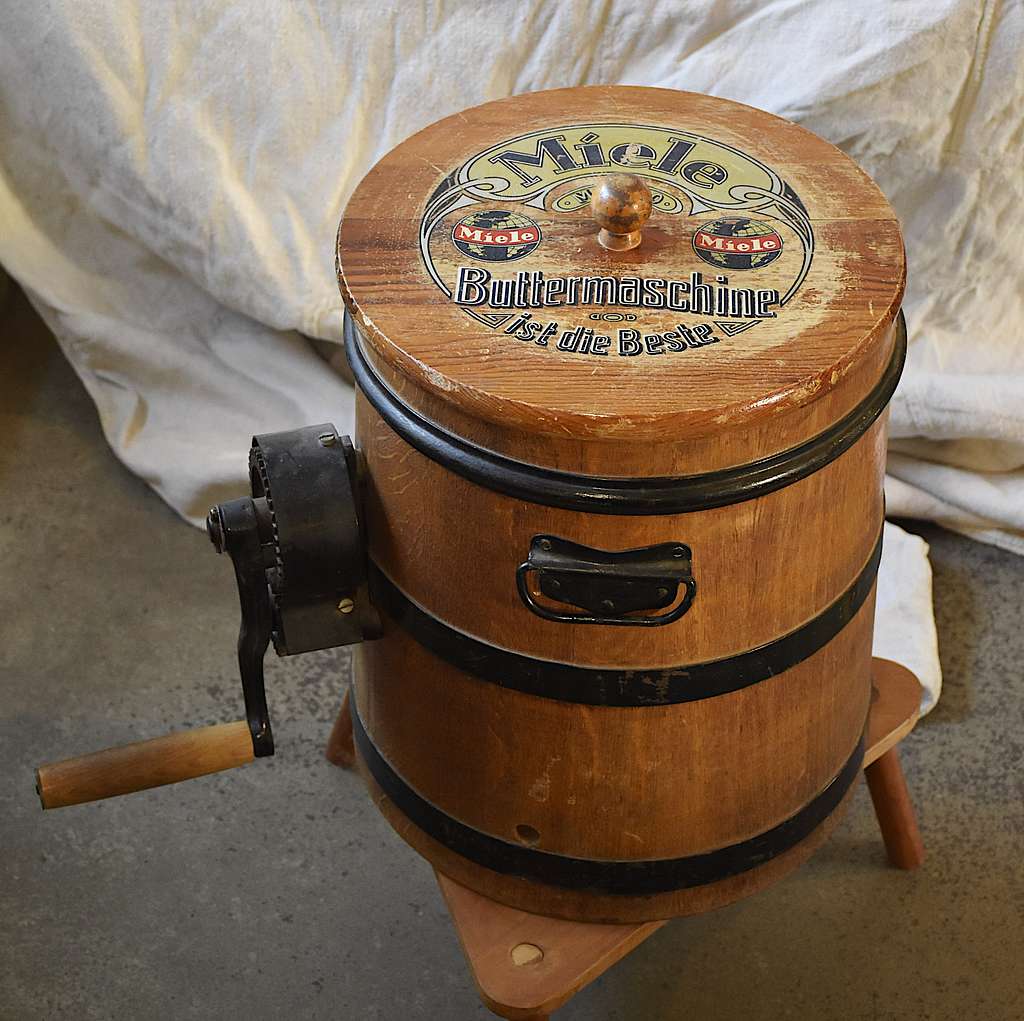
Imagine the satisfaction of turning fresh cream into golden, rich butter right in your own kitchen. While a butter churn might seem like something out of a historical reenactment, smaller, household-sized versions were once common, especially in rural areas or for those who kept dairy animals. It was a direct connection to the origins of a fundamental foodstuff.
The rhythmic motion of churning butter was a meditative task, transforming a simple ingredient into a pantry staple. It fostered self-sufficiency and an appreciation for the labor involved in food production. With the widespread availability of commercially produced butter and the decline of home dairying, the butter churn has become a rare and specialized tool, more likely to be found in a museum than a modern kitchen.
8. Canning Jar Lifter
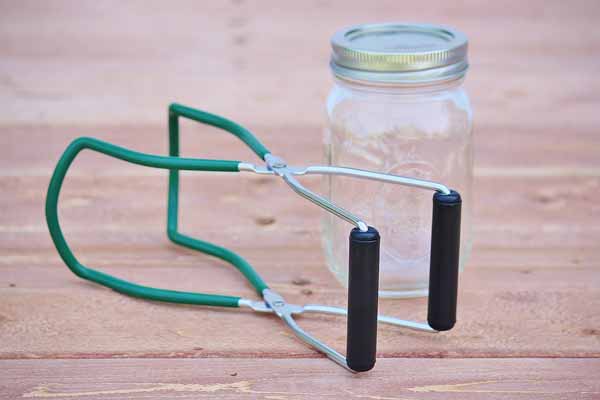
For generations, preserving seasonal produce through canning was a vital skill, ensuring a supply of fruits, vegetables, and jams throughout the year. The canning jar lifter, a specialized tong with rubberized grips, was an indispensable tool for safely removing hot, sterilized jars from boiling water baths. It prevented burns and accidental drops, making the arduous canning process a bit safer.
Canning was a time-consuming but rewarding endeavor, a testament to resourcefulness and foresight. The clinking of jars being lifted from the boiling water was a familiar sound during harvest season. While canning still has its devotees, the sheer volume of readily available, affordable pre-canned goods and frozen options has significantly reduced the need for this dedicated tool in most households.
9. Wash Board
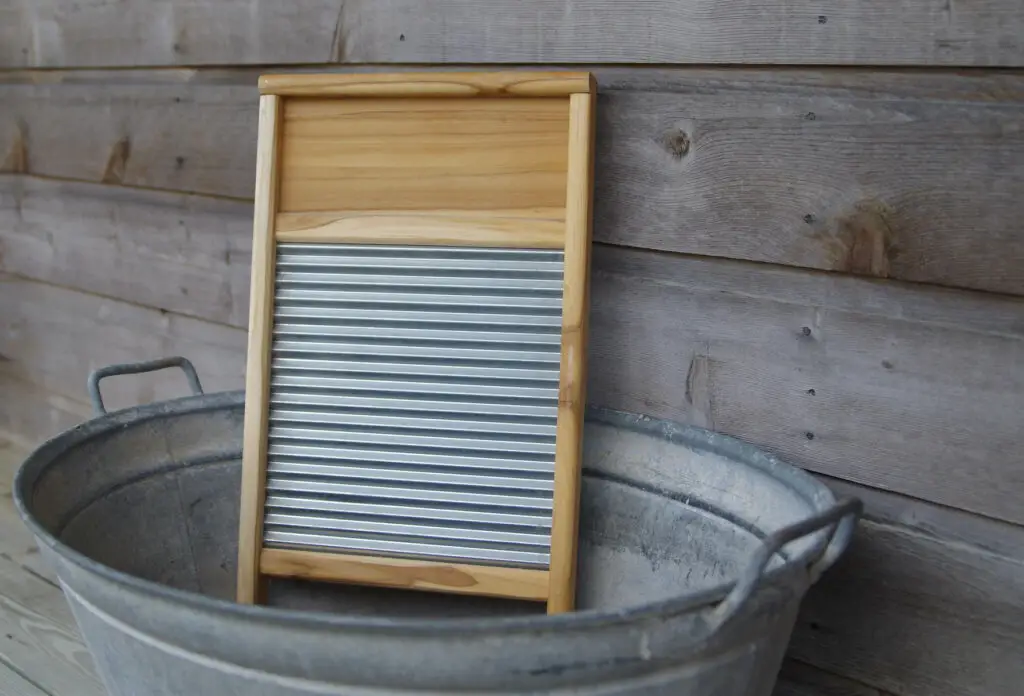
Before the advent of washing machines, the washboard was the workhorse of laundry day. This simple yet effective tool, typically made of wood with a corrugated metal or glass surface, was used to manually scrub clothes clean with soap and water. It required significant physical effort but was the primary method for getting clothes truly clean.
The sound of scrubbing clothes against a washboard was a common sound in homes across the world for centuries. It highlights the immense physical labor involved in maintaining hygiene before modern conveniences. Now, the washboard is primarily a decorative item, a musical instrument, or a stark reminder of how far laundry technology has progressed.
10. Manual Typewriter
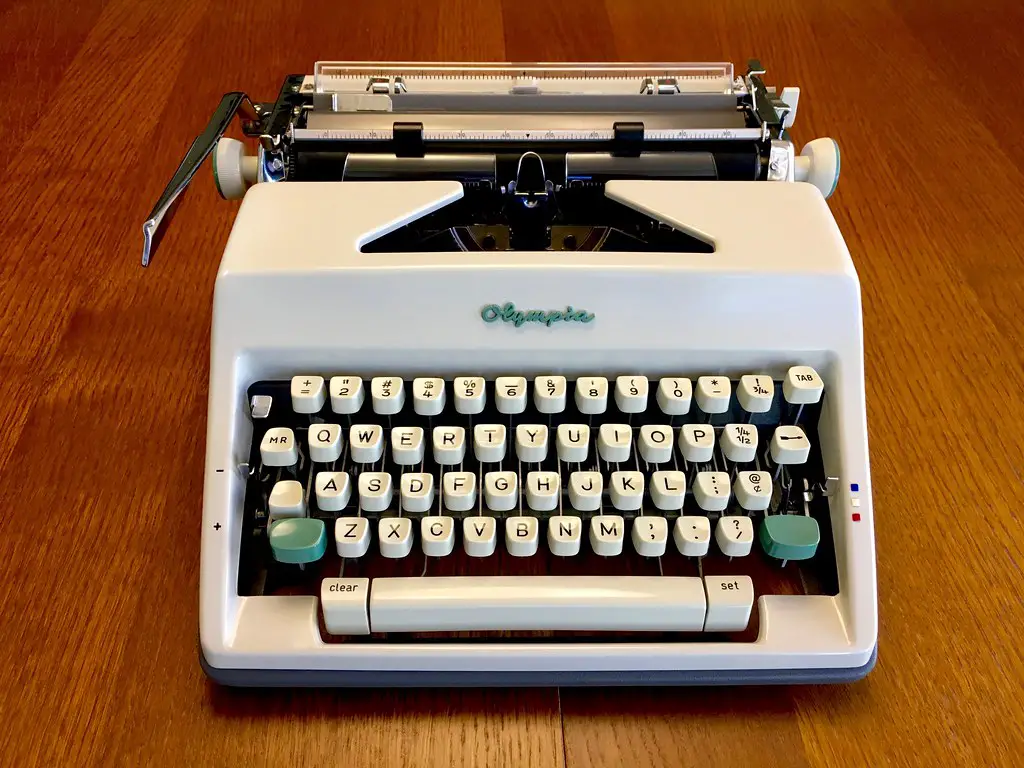
While not strictly a household tool in the same vein as a hammer, the manual typewriter was once a ubiquitous fixture in many homes, particularly for students, writers, and anyone needing to produce official documents. The satisfying clack-thwack-ding of the keys and carriage return was the soundtrack to countless essays, letters, and creative endeavors.
Learning to type on a manual typewriter was a skill, demanding precision and a certain rhythm. Mistakes meant using correction fluid or retyping an entire page, fostering a more deliberate approach to written communication. With the advent of personal computers and word processors, the manual typewriter has been relegated to the realm of collectibles and nostalgic decor, replaced by the silent, effortless ease of digital typing.
11. Shoe Shine Kit
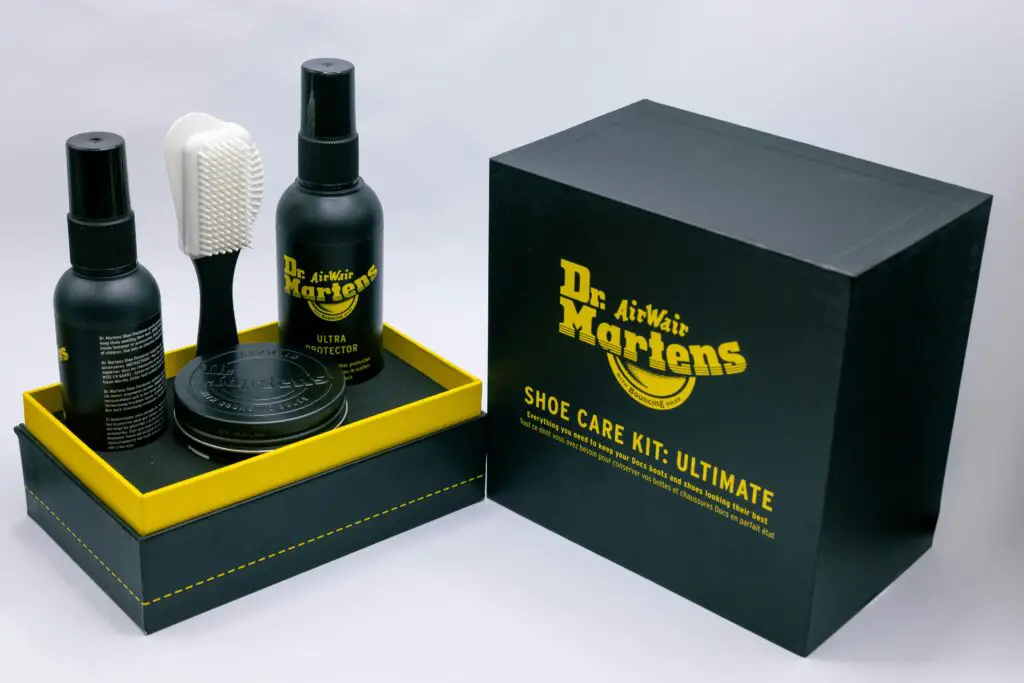
A well-maintained pair of leather shoes was once a mark of respectability and attention to detail. A comprehensive shoe shine kit, complete with various brushes, cloths, and tins of polish in different colors, was a common sight in homes. Taking the time to polish one’s shoes was a small ritual of self-care and pride in one’s appearance.
The process of shining shoes, from brushing off dirt to applying polish and buffing to a gleam, was a tactile and satisfying task. It extended the life of footwear and maintained a polished look. In an era of casual footwear and fast fashion, dedicated shoe shine kits are far less common, often replaced by quick wipes or simply discarding worn shoes.
12. Hand Drill (Brace and Bit)
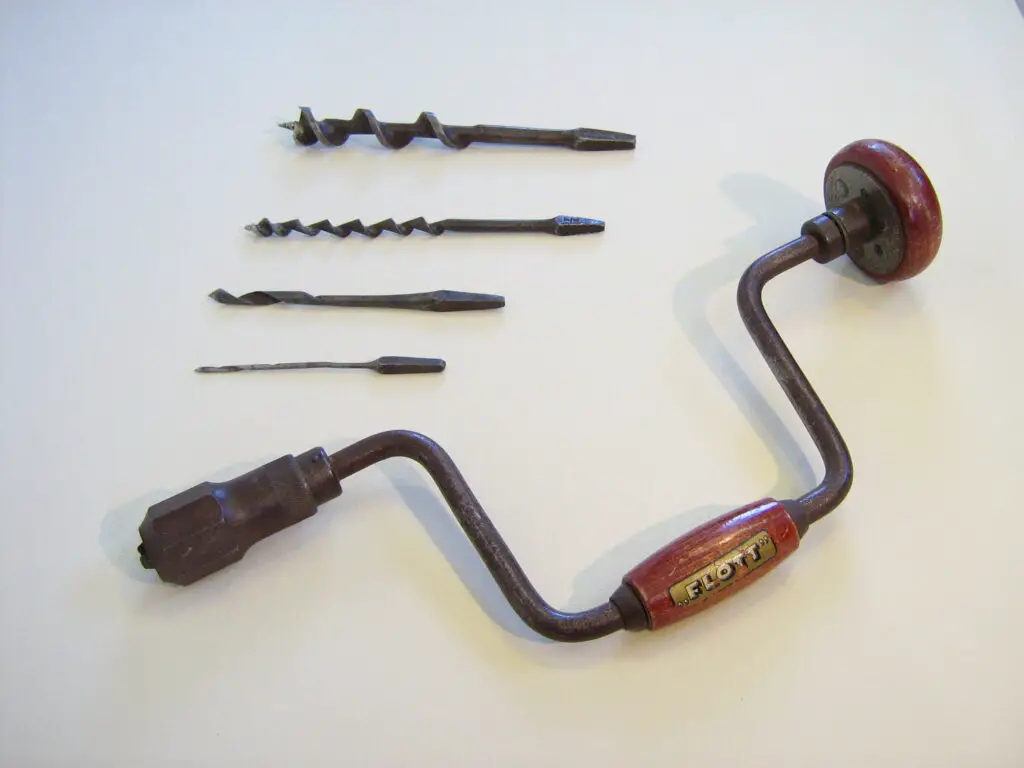
Before the ubiquitous electric drill, tackling home improvement projects often involved a hand drill, specifically a brace and bit. This manual drill, with its crank handle and interchangeable bits, required significant effort but offered precise control for drilling holes in wood. It was a staple in many a home workshop.
Using a brace and bit was a slow and deliberate process, relying on human power and technique. It fostered a deeper understanding of the materials being worked with and the mechanics of drilling. While still appreciated by some woodworking enthusiasts, the sheer speed and ease of electric drills have made the brace and bit largely a specialized tool rather than a household necessity.
13. Glass Milk Bottle with Home Delivery

While the bottles themselves aren’t exactly “tools,” the system they represented, and the ritual of home milk delivery, was a fundamental part of household life for generations. Waking up to fresh milk on your doorstep, often in reusable glass bottles, was a common occurrence, eliminating the need for frequent grocery store runs for this staple. The clinking of bottles was a familiar morning sound.
The returnable glass bottle fostered a sense of environmental responsibility before it was a widespread concern, reducing waste and promoting reuse. The milkman was a familiar figure in many neighborhoods, a personal touch in commerce. With the rise of supermarkets and mass distribution, home milk delivery, and thus the daily presence of these glass bottles, has become a charming, almost mythical, relic of a bygone era.
